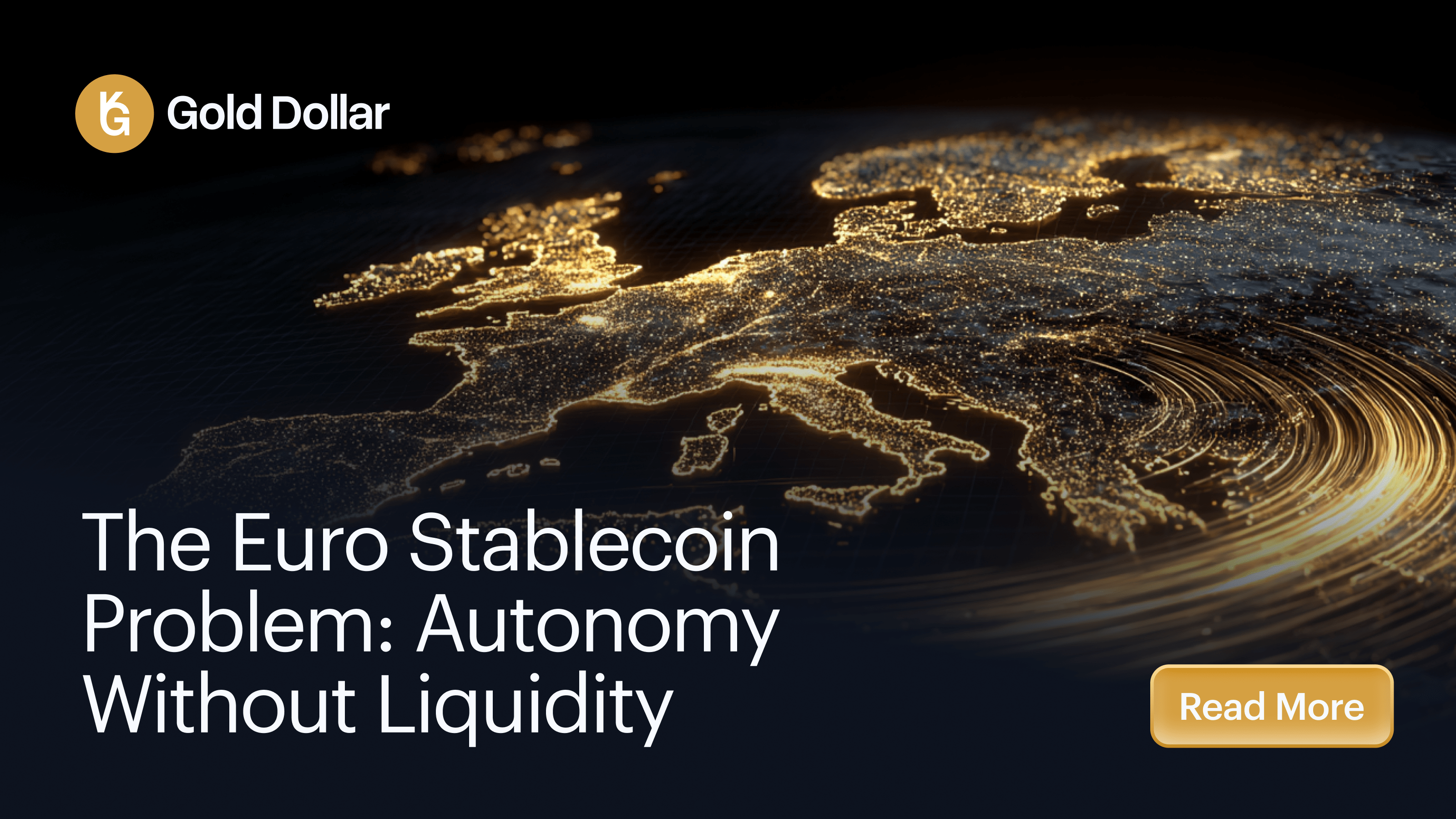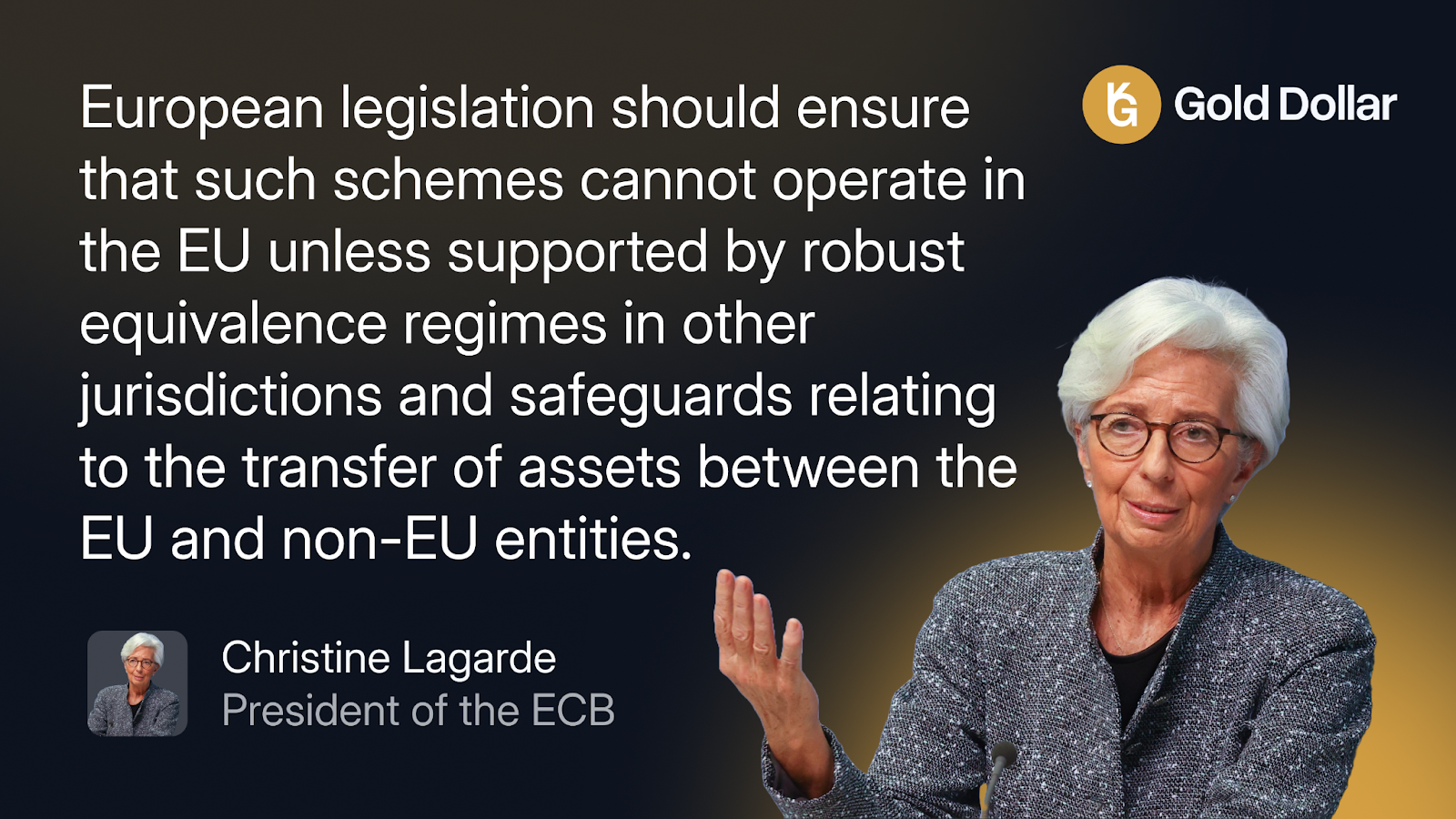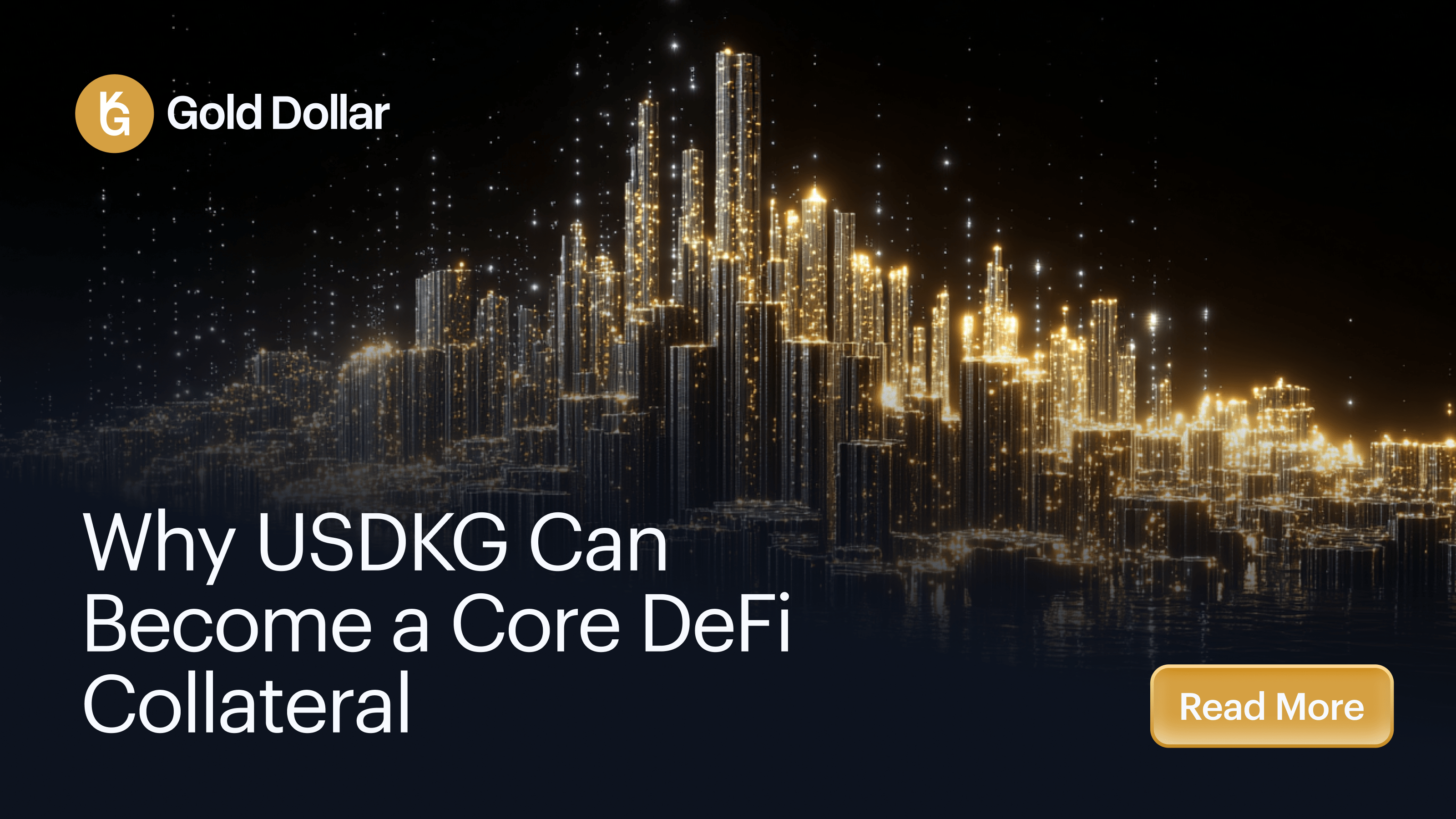The Euro Stablecoin Problem: Autonomy Without Liquidity
October 21, 2025

Nine European banks, including ING, UniCredit, SEB, Danske Bank, DekaBank, CaixaBank, KBC, Banca Sella and Raiffeisen Bank International, recently announced plans to launch a euro-backed stablecoin in 2026. This euro stablecoins project, domiciled in the Netherlands, promises compliance with the Markets in Crypto-Assets (MiCA) regulation and aims to create "strategic autonomy" from the dominance of USD stablecoins. The initiative, which could potentially include a stablecoin like EURC, seeks to establish a new payments infrastructure for the European market.
At first glance, this stablecoin development seems a logical response to the surge in stablecoin adoption. Yet beneath the institutional branding lies a fundamental problem: the actual users who drive stablecoin volumes are not European retail consumers or banks seeking autonomy. They are professional traders, hedge funds, and market makers who rely on stablecoins as liquidity engines in a 24/7 global marketplace. This distinction is why dollar stablecoins dominate, and why most euro projects have struggled to gain meaningful traction in terms of trading volumes.
Stablecoins and Global Payments Infrastructure: Why USD Stablecoins Dominate Liquidity
The growth of stablecoins has been closely tied to the needs of professional markets rather than retail payments. The overwhelming majority of stablecoin transactions are not for consumer protection or everyday purchases, but for moving capital across exchanges, collateralizing positions in DeFi, and rebalancing liquidity in real time. Stablecoins have become the operational rails of crypto finance precisely because they function when banks do not—providing round-the-clock settlement and universal composability across venues. This has positioned stablecoins as a critical payment infrastructure for the digital asset ecosystem.
Dollar-backed assets dominate this landscape of largest stablecoins, with reserves often held in US Treasury bills and money market funds. The euro, despite being the second most traded fiat currency in traditional markets, remains almost absent from the stablecoin sector. Euro stablecoins combined represent a fraction of global volume, barely registering compared to USDT or USDC, which are quoted as base pairs across virtually every major exchange worldwide. Liquidity begets liquidity, and once network effects are entrenched, it becomes increasingly difficult for late entrants to gain relevance in the crypto-asset ecosystem.
The imbalance between U.S.-dollar and euro-denominated stablecoins is best understood through a simple comparison.
USD stablecoins such as USDT and USDC dominate global liquidity because they serve the needs of market makers and cross-border payment networks. Euro-denominated tokens, despite regulatory progress under MiCA, remain largely confined to pilot programs and banking consortia.

The Limits of Euro Stablecoin Development: Why European Banks Struggle to Build Liquidity
European banks argue that launching a regulated euro stablecoin creates "strategic autonomy." Yet this framing misses the central point: liquidity is strategic. Unless a euro stablecoin can be integrated into the venues where global payments and liquidity already flow, it risks remaining a domestic pilot with little international use. This challenge extends to treasury management and cash management applications, where dollar stablecoins currently dominate.
History provides several cautionary tales. Large consortia and committees in Europe have repeatedly launched blockchain technology initiatives or digital money projects—whether R3's early banking experiments, the European Payments Initiative, or digital euro pilots—that ultimately failed to capture market adoption. These efforts were technically compliant with the regulatory framework, but they were not designed for the operating tempo of crypto markets, where traders demand instant issuance, 24/7 redemption, and integration with every major liquidity venue.
Stablecoin Regulation in Europe: Permission Without Market Demand
MiCA regulation is a landmark achievement in financial regulation, and the GENIUS Act in the United States represents a parallel step toward clarity. The International Monetary Fund has similarly emphasized that stablecoin oversight must balance innovation with systemic safeguards, warning that inadequate regulation could amplify financial contagion risks.
Regulation creates permission to operate, but it does not create demand. Demand in the stablecoin market comes from liquidity providers who require deep, composable collateral that can circulate globally and facilitate cross-border payments with low transaction costs. This demand extends to tokenized assets and tokenized deposits, which offer new possibilities for financial innovation.
The European Central Bank and the Bank for International Settlements have warned that most stablecoins still fail basic tests of "sound money." They highlight issues such as singleness across issuers, interoperability across blockchain networks, and the risk of runs when reserves are not fully credible. These concerns illustrate why projects designed primarily as regulatory artifacts, without solving for market depth and usability, will struggle to move beyond narrow pilot phases. Additionally, regulators are increasingly focused on transaction monitoring and addressing potential systemic risks associated with stablecoins.
These institutional concerns extend beyond technical design — they touch the geopolitical foundations of financial autonomy. As ECB President Christine Lagarde recently warned, “European legislation should ensure that such schemes cannot operate in the EU unless supported by robust equivalence regimes in other jurisdictions and safeguards relating to the transfer of assets between the EU and non-EU entities.” (Reuters, 2025)
Her statement underscores the core issue: Europe’s regulatory ambitions may limit the very cross-border interoperability required for liquidity growth. Without alignment between compliance and market functionality, autonomy risks becoming isolation.

Euro-Backed Stablecoins and Strategic Autonomy: Why Liquidity Still Decides Market Relevance
The stated goal of "strategic autonomy" reflects Europe's desire to reduce reliance on U.S.-denominated instruments. But the market reality is that autonomy without liquidity is irrelevant. Traders will not abandon USD stablecoins unless euro alternatives provide superior access, tighter spreads, and integration into the venues that already matter. Without those conditions, European bank-led tokens risk becoming compliant but unused—technically sound yet commercially insignificant in terms of trading volumes and liquidity provision.
How USDKG Differentiates Itself in the Stablecoin Market: A Gold-Backed Alternative to Euro Stablecoins
The contrast with USDKG is instructive. USDKG does not frame its role as a consumer payment product or as a regional policy tool. It is designed as collateral that meets the four demands of a DeFi-ready stablecoin: liquidity, transparency, programmability, and regulatory resilience. This approach aligns with the evolving landscape of collateralised stablecoins and addresses concerns about reserve composition.
Unlike bank-dependent models, USDKG is fully backed by independently audited physical gold reserves held in secure custody. While these reserves serve solely as collateral to guarantee stability, they are not directly redeemable by users. This structure removes the single points of failure inherent in fiat-backed designs, where solvency of banks or short-term debt markets defines the asset's credibility. Liquidity and convertibility are facilitated through exchange markets and institutional partners, ensuring USDKG remains usable across DeFi and cross-border settlement networks without relying on redemption mechanisms. By anchoring reserves in gold, USDKG provides a collateral base that is globally recognized, free from banking-hour constraints, and suitable for the 24/7 demands of DeFi and cross-border settlement with instant settlement capabilities.
Where euro projects emphasize compliance first and market integration second, USDKG's model begins with integration. Listings on decentralized exchanges, compatibility with lending platforms, and cross-chain programmability through smart contracts ensure that USDKG is usable where liquidity actually flows. Regulation and compliance are embedded, but they support a product designed to serve market participants rather than committees. This approach includes robust custody solutions and clear redemption terms, addressing key concerns of both users and regulators.
Conclusion: The Future of Stablecoin Use Cases and European Market Integration
The lesson from repeated European initiatives is clear: stablecoins succeed not because they satisfy policymakers, but because they satisfy markets. Without serving the users who move liquidity—professional traders, hedge funds, and market makers—even the most compliant projects risk irrelevance. This reality applies to both traditional fiat-backed stablecoins and newer algorithmic stablecoins.
Dollar stablecoins dominate not by chance but by function: they meet the needs of those who make markets. Euro stablecoins that cannot replicate that dynamic will remain small, regardless of how many banks sign their names to the consortium. The success of any stablecoin issuer depends on their ability to address these market demands while navigating the complex regulatory landscape.
USDKG offers a different path. By anchoring stability in audited gold reserves and aligning its design with DeFi-native integrations, it provides a model of stablecoin resilience that is both institutionally credible and operationally relevant. In a market that rewards depth, trust, and composability, this alignment matters far more than regional autonomy. The focus on transparency requirements, operational resilience, and effective reserve asset management positions USDKG as a strong contender in the evolving landscape of stablecoin use cases and development.
As the stablecoin ecosystem continues to evolve, factors such as consensus mechanisms, wallet technology, and the underlying blockchain infrastructure (like the Ethereum blockchain) will play crucial roles in determining which projects succeed. Stablecoin issuers must navigate these technical challenges while also addressing regulatory concerns about financial stability risks and potential contagion effects. Ultimately, the success of any stablecoin project will depend on its ability to balance technological innovation, regulatory compliance, and market demand.
.svg)


